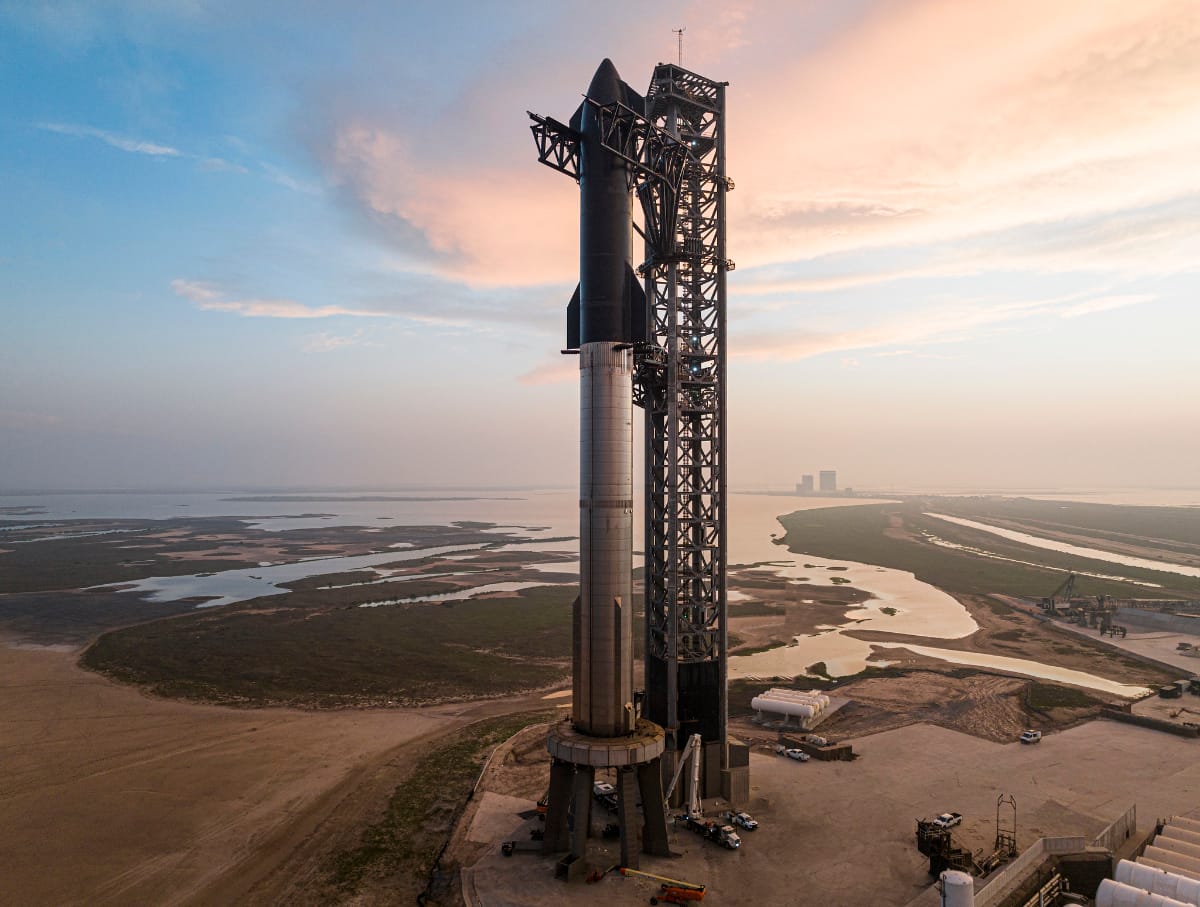Today, a tiny asteroid, designated 2023 QJ1, is predicted to enter the Earth’s atmosphere and impact over the remote regions of Siberia. The asteroid, measuring approximately 1.5 meters in diameter, was detected by astronomers just days ago and has since been the subject of intense monitoring by space agencies. While the asteroid is relatively small, its entry into the atmosphere is expected to produce a bright flash and a loud sonic boom, likely visible and audible across a wide area.
NASA’s Near-Earth Object Observations (NEOO) program has stated that the asteroid poses no threat to populated areas, as its trajectory is directed towards sparsely populated regions. The impact is anticipated around 2:00 PM UTC, and experts are advising residents in the vicinity to be aware of the event but remain calm, as the likelihood of any debris reaching the ground is minimal.
Asteroids of this size enter the Earth’s atmosphere several times a year, but most burn up completely before reaching the surface. In fact, the last notable event occurred in December 2020 when a similar-sized asteroid exploded over the Bering Sea, creating a spectacular light show for observers.
The event underscores the importance of tracking near-Earth objects and understanding their behavior. Scientists continue to study these phenomena to improve predictions and develop potential mitigation strategies for larger asteroids that could pose a significant threat in the future.
As we await the impact, astronomers and space enthusiasts are encouraged to look skyward. Observations from various locations, including amateur astronomers, could provide valuable data on the asteroid’s trajectory and behavior as it enters the atmosphere.
For those interested in tracking the event, live updates will be provided by various space agencies and observatories, including NASA and the European Space Agency (ESA). Stay tuned for further developments as we monitor this fascinating celestial occurrence.



